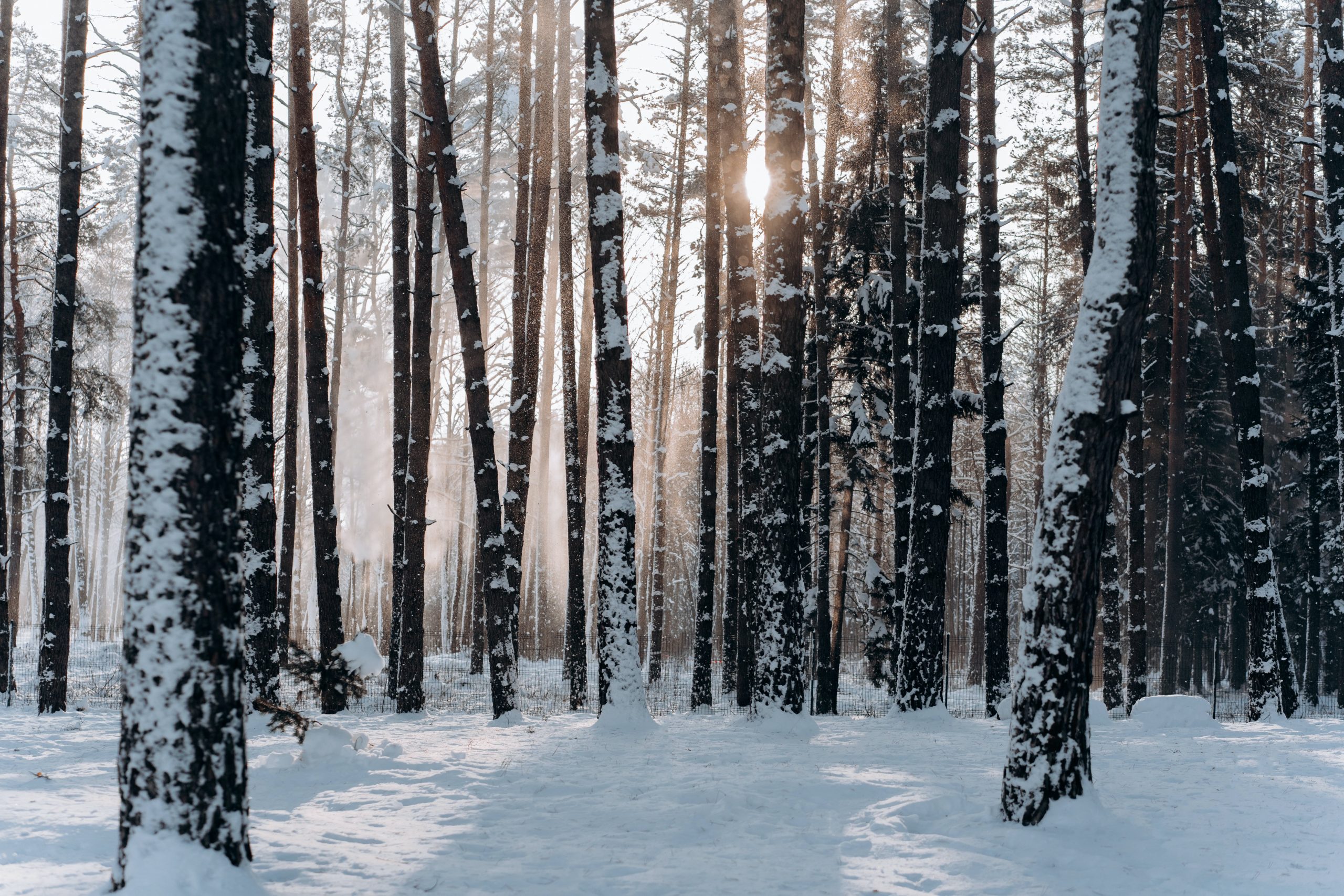Ten Tips to Get Your Home Ready for Winter: A Comprehensive Guide
Winter is a beautiful season, but it comes with its own set of challenges, especially for your home. As the temperature drops and the snow starts to fall, it’s crucial to ensure that your living space is ready to withstand the cold weather. In this guide, I’m going to provide you with ten valuable tips to get your home winter-ready. By following these expert suggestions, you can create a warm, cozy, and energy-efficient environment to enjoy throughout the winter months. So, without further ado…
Inspect and Seal Windows and Doors
Harsh winter drafts can significantly impact your home’s heating efficiency. Inspect all windows and doors for gaps or cracks. Use weatherstripping and caulk to seal any openings, preventing cold air from seeping in and warm air from escaping.
Ensure Proper Insulation
Proper insulation is key to maintaining a warm home during winter. Check your attic, walls, and basement for adequate insulation. Consider adding extra insulation if necessary. Well-insulated homes are not only warmer but also more energy-efficient, leading to cost savings on heating bills.
Service Your Heating System
Regular maintenance of your heating system is essential. Hire a professional technician to inspect your furnace or heat pump. Replace air filters, clean ducts, and ensure the thermostat is functioning correctly. A well-maintained heating system will keep your home comfortably warm throughout winter.
Protect Your Pipes
Frozen pipes can lead to costly damages. Insulate exposed pipes in unheated areas like the attic, basement, or garage. Let faucets drip slightly during extremely cold nights to prevent freezing. In case of extended absence, consider draining your plumbing system to avoid pipe bursts.
Maintain Your Fireplace and Chimney
If you have a fireplace, ensure it’s ready for use. Clean the chimney to remove creosote buildup, which can cause chimney fires. Stock up on seasoned firewood and keep the area around the fireplace clear. Properly functioning fireplaces add both warmth and ambiance to your home.
Winterize Your Garden and Outdoor Spaces
Prepare your garden for winter by trimming plants, covering delicate shrubs, and storing outdoor furniture. Drain water from hoses and sprinkler systems to prevent freezing. By winterizing your outdoor spaces, you ensure they remain in good condition for the coming spring.
Invest in Heavy Curtains or Thermal Blinds
Upgrade your window treatments with heavy curtains or thermal blinds. These specialized coverings provide an extra layer of insulation, trapping warmth inside and keeping the cold out. Not only do they enhance your home’s energy efficiency, but they also add a touch of coziness to your interiors.
Use Draft Stoppers
Draft stoppers placed at the base of doors prevent cold air from entering and warm air from escaping. You can buy these or create DIY versions using old fabric and rice. Place them at the bottom of exterior doors and interior doors leading to unheated rooms.
Programmable Thermostats
Consider installing a programmable thermostat if you haven’t already. These smart devices allow you to set different temperatures for various times of the day. Lower the temperature when you’re away or sleeping and increase it when you’re home. This simple adjustment can significantly reduce heating costs.
Emergency Kit and Winter Supplies
Prepare an emergency kit containing essentials like blankets, flashlights, batteries, non-perishable food, and medications. Additionally, stock up on winter supplies such as salt or sand for icy walkways, snow shovels, and a reliable snow blower. Being prepared ensures your safety and comfort during winter storms.
FAQs
Q: How often should I replace my furnace filters?
A: Furnace filters should be replaced every 1 to 3 months, especially during the winter months when the system is in constant use.
Q: Can I insulate my home myself, or should I hire a professional?
A: While some insulation tasks can be DIY projects, it’s advisable to consult a professional for a comprehensive assessment and proper insulation installation, ensuring optimal results.
Q: What temperature should I set my thermostat to in winter?
A: A comfortable and energy-efficient indoor temperature during winter is around 20°C. Adjust according to your preference but avoid setting it too high to save on heating costs.
Q: How can I prevent ice dams on my roof?
A: Proper insulation and ventilation in your attic can prevent ice dams. Ensure your attic is well-insulated and ventilated to maintain a consistent roof temperature, preventing snow from melting and refreezing.
Q: Is it necessary to cover outdoor air conditioning units in winter?
A: Yes, covering outdoor air conditioning units in winter protects them from snow, ice, and debris. Use a breathable cover to prevent condensation and mold growth.
Q: Should I turn off my water supply if I’m going on vacation during winter?
A: Yes, turning off your water supply and draining the pipes is advisable if you’re leaving your home for an extended period. This prevents potential pipe bursts due to freezing.
Preparing your home for winter is a proactive approach to ensuring comfort, safety, and energy efficiency during the colder months. By following these ten tips and being well-prepared with the right supplies, you can enjoy a cozy and worry-free winter season. Implement these strategies to transform your home into a warm sanctuary, making the most of the winter wonderland outside.


 Facebook
Facebook
 X
X
 Pinterest
Pinterest
 Copy Link
Copy Link
